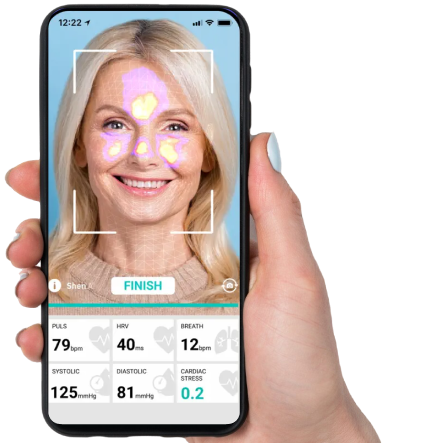I have recently reported on the groundbreaking invention by Professor Uwe Reischl of the Boise State University. He has found a solution to the long-standing issue in blood pressure measurement. It is the the impact of upper arm circumference and cuff size on blood pressure readings. Professor Reischl has kindly agreed to answer my questions.
Question 1: Accurate blood pressure measurement. The simple solution.
The results of your research were presented in mass media as a simple solution to accurate blood pressure measurements. If you were to explain your solution, and perhaps the underlying problem, to a patient – how would you do it?
The most commonly used instrument to assess blood pressure in people is the sphygmomanometer. It is an instrument that measures the force needed to stop blood flow in the arm by inflating a bladder (a balloon) located inside the sphygmomanometer. The larger the size of the bladder, the less inflation pressure is needed to stop blood flow. However, when an arm is bigger, it will require a higher inflation pressure to stop the blood flow. The two phenomena can be linked to each other by using bladder size and the associated arm circumference coverage as a measurement unit. Applying this unit allows any combination of cuff size and arm circumference to be compared. This “adjustment factor” makes it possible to use only one sphygmomanometer size for measuring the blood pressure in people, regardless of their arm size.
Question 2: Correlation between variables in blood pressure measurement
Could you also explain how you achieved it? You established a correlation between important variables in the process of measuring, as far as I understand.
The challenge was to find a method that would allow us to compare changes in bladder volume (cm3) with changes in upper arm circumference (cm). To do this, we used a simulator that controlled arm circumference, bladder pressure levels and bladder size. We examined the relationships between bladder geometry (length vs. width), arm circumference and the associated changes in pressure readings. We then calculated regression coefficients for variations in bladder width, length and area in relationship to changes in arm circumference. For example – looking at bladder width / circumference changes resulted in a correlation of r2 = 66%, looking at bladder length/pressure changes resulted in a correlation of r2 = 95%, and a correlation of r2 = 99% was seen for the relationship between bladder length/circumference ratio, and observed pressure changes.
Question 3: Limitations and challenges
Are there any potential limitations or challenges that may arise from implementing this new approach to blood pressure measurements?
Sphygmomanometer manufacturers currently do not list the dimensions of the cuff bladder. To determine the length of the bladder, the user must first inflate the bladder in order to be able to measure its length. This may discourage some users from implementing the adjustment factor. Applying this method also requires a measurement of the patient’s upper arm circumference. However, flexible anthropometric tape measures are not always available in primary clinical settings. Furthermore, inaccuracies in arm circumference measurements can occur when a person has loose or “flabby” upper arm skin. Not being able to finding the appropriate “tightness” when measuring the person’s upper arm circumference may influence the measurement accuracy.
Question 4: Potential improvements in blood pressure measurement
How do you think your findings could improve clinical settings and benefit both healthcare providers and patients?
Manufacturers of sphygmomanometers specify the arm circumference ranges considered appropriate for a given cuff. However, the recommended ranges overlap different the ranges given for both smaller and larger sphygmomanometer cuffs. This offers a clinician the choice between two different sizes that will result in significant differences in pressure readings, up to 22 mmHg for both systolic and diastolic values. To date, use of two different cuff sizes on the same person is considered acceptable. The proposed adjustment factor can simplify blood pressure measurements in clinical settings by allowing healthcare providers to use only one sphygmomanometer size. The adjustment factor can also provide the basis for a “reference” against which blood pressure values obtained with any combination of cuff size and arm circumference can be standardized such as the 88% upper arm circumference coverage recommended by the American Heart Association.


